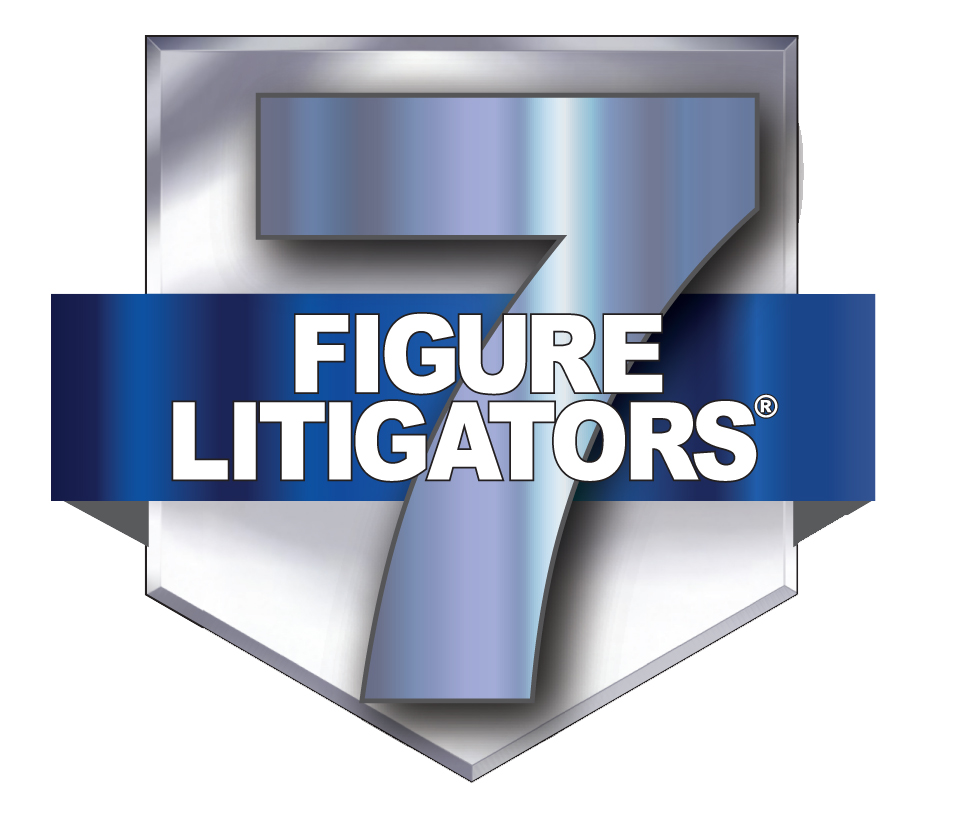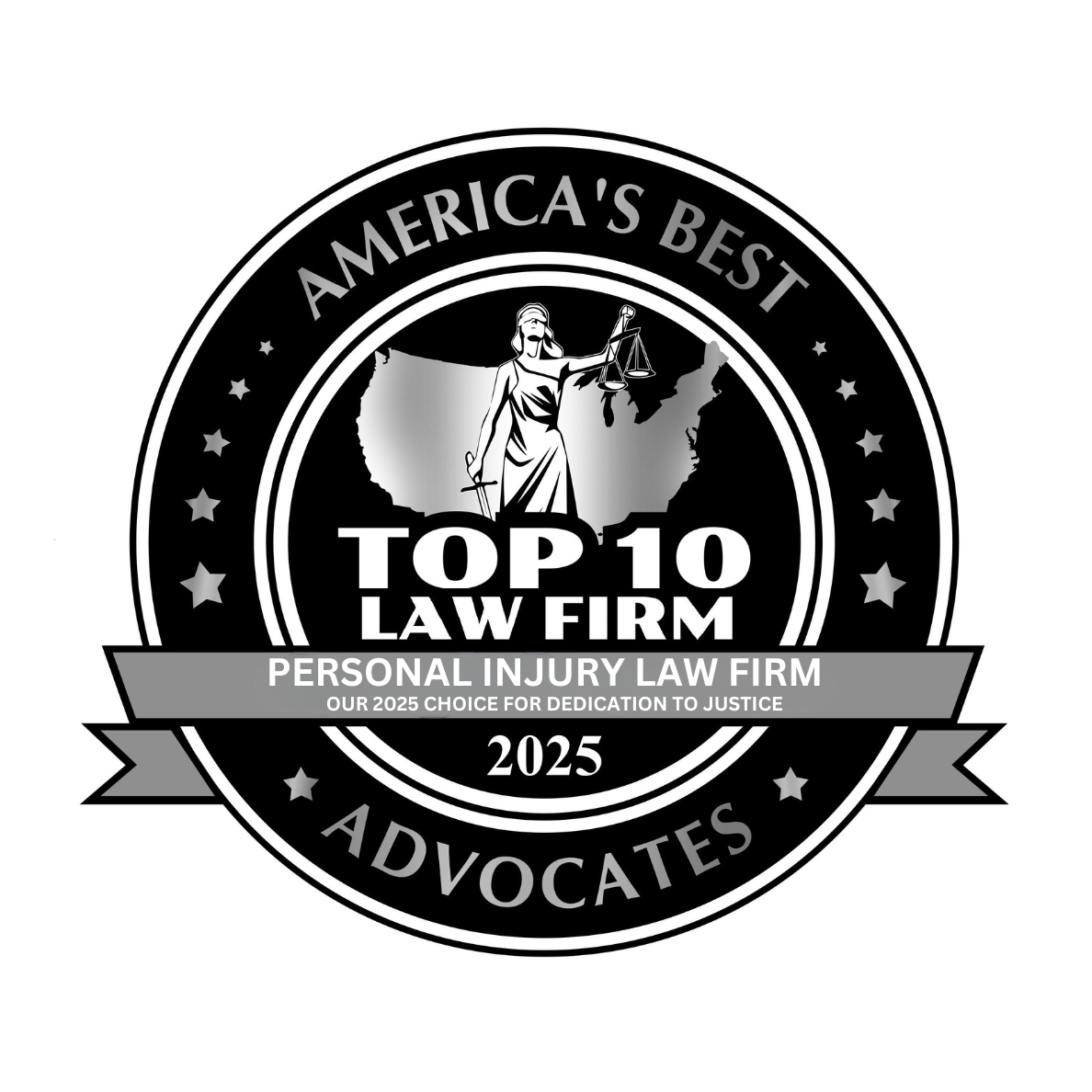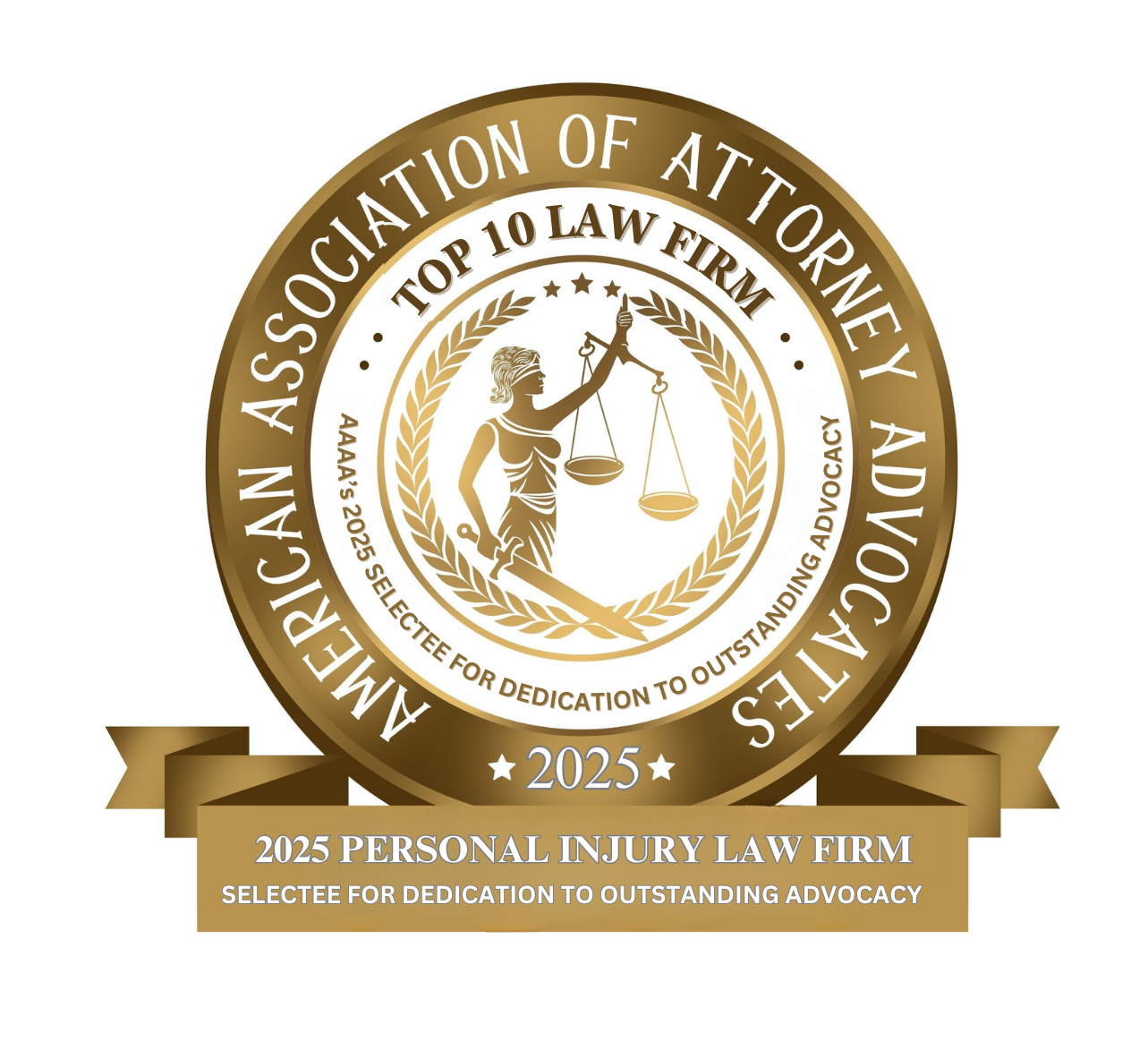- Free Consultation: (630) 527-4177 Tap Here to Call Us
The Seven Zones of Bedrail Entrapment and How They Cause Nursing Home Injuries

Bedrails are commonly used in nursing homes to prevent falls and assist residents with mobility. However, when improperly designed or maintained, bedrails can pose serious risks, including entrapment injuries and fatalities. The U.S. Food and Drug Administration (FDA) has identified seven potential zones where entrapment can occur in hospital bed systems. Understanding these zones is crucial for caregivers, healthcare providers, and families to ensure the safety of nursing home residents.
At John J. Malm & Associates, we are committed to protecting some of the most vulnerable members of our community—nursing home residents. With decades of experience representing victims of nursing home negligence throughout Illinois, our firm has seen firsthand how something as seemingly simple as a bedrail can cause devastating harm when used improperly. Bedrail entrapment is a hidden danger that can lead to serious injury or even death, and too often, these incidents are the result of careless oversight or inadequate care. If your family is dealing with the trauma of a nursing home injury, our compassionate and skilled legal team is here to help you seek justice and accountability.
The Seven Zones of Bedrail Entrapment
The FDA, in collaboration with the Hospital Bed Safety Workgroup (HBSW), has delineated seven zones of entrapment to highlight areas where nursing home residents may become trapped:
- Zone 1: Within the Rail
This zone refers to openings within the bedrail itself. If the spacing between the rails is too wide, a resident’s head or limbs can become entrapped, leading to injury or even death. - Zone 2: Under the Rail, Between the Rail Supports or Next to a Single Rail Support
Entrapment can occur under the rail, especially between the rail supports. This zone poses a risk if the spacing allows for body parts to become lodged. - Zone 3: Between the Rail and the Mattress
A gap between the bedrail and the mattress can trap a resident’s head or neck, leading to asphyxiation. This is one of the most commonly reported zones for entrapment incidents. - Zone 4: Under the Rail, at the Ends of the Rail
This zone is located at the ends of the bedrail, where gaps can form between the rail and the mattress or bed frame. Entrapment here can result in serious injuries. - Zone 5: Between Split Bed Rails
When two bedrails are used on the same side of the bed with a gap between them, residents can become trapped in the space, leading to potential harm. - Zone 6: Between the End of the Rail and the Side Edge of the Head or Foot Board
Gaps between the end of the bedrail and the headboard or footboard can pose entrapment risks, especially if the resident moves toward these areas during sleep or repositioning. - Zone 7: Between the Head or Foot Board and the Mattress End
A space between the mattress and the headboard or footboard can allow a resident’s head or limbs to become trapped, particularly if the mattress shifts or compresses.
It’s important to note that while all seven zones present potential risks, Zones 1 through 4 account for the majority of reported entrapment incidents. Therefore, special attention should be given to these areas when assessing bed safety in nursing homes.
Risks Associated with Bedrail Entrapment
Entrapment injuries can range from minor bruises to severe injuries and fatalities. According to the FDA, between 1985 and 2009, there were 803 reported incidents of bedrail entrapment, with 480 resulting in death. The majority of these incidents occurred in long-term care facilities.
Residents most at risk include those who are frail, elderly, or have conditions such as confusion, agitation, or uncontrolled body movements. Improperly fitted bedrails, mismatched mattresses, and lack of regular maintenance can exacerbate risk of injury or death.
Preventing Bedrail Entrapment Injuries
To mitigate the risks associated with bedrail entrapment, nursing homes and caregivers should implement the following measures:

- Conduct Regular Assessments: Evaluate each resident’s need for bedrails, considering their physical and cognitive conditions.
- Ensure Proper Fit: Bedrails should be compatible with the bed frame and mattress to minimize gaps. Regular inspections should be conducted to ensure that all components are securely in place.
- Educate Staff: Training caregivers on the risks of bedrail entrapment and proper installation techniques is crucial.
- Explore Alternatives: In some cases, alternatives to bedrails, such as lowering the bed height, using concave mattresses, or implementing bed alarms, may be more appropriate.
- Obtain Informed Consent: Before installing bedrails, facilities should obtain informed consent from the resident or their representative, discussing the potential risks and benefits.
Legal Implications of Bedrail Entrapment in Illinois
In Illinois, nursing homes have a legal obligation to ensure the safety and well-being of their residents. Failure to properly assess the need for bedrails, ensure their safe installation, or monitor their use can result in negligence claims. Victims of bedrail entrapment injuries may be entitled to compensation for medical expenses, pain and suffering, and other damages.
If you or a loved one has suffered an injury due to bedrail entrapment in a nursing home, it’s essential to consult with an experienced Illinois nursing home neglect lawyer to understand your rights and options.
“Families trust nursing homes to keep their loved ones safe. When that trust is broken by a preventable bedrail injury, we step in to fight for injured residents. At John J. Malm & Associates, we understand the physical and emotional toll these cases bring—and we’re here to fight for answers, accountability, and get injured nursing home residents the full compensation they deserve.” — John J. Malm, Naperville nursing home abuse lawyer
Contact the Top-Rated Illinois Nursing Home Abuse and Neglect Attorneys at John J. Malm & Associates
Bedrail entrapment is a serious concern in nursing homes, with the potential to cause significant harm or death. Understanding the seven zones of entrapment and implementing preventative measures can greatly reduce these risks. Nursing homes must prioritize resident safety by regularly assessing bed systems, educating staff, and exploring alternatives to bedrails when appropriate.
If your loved one has been injured or tragically harmed due to bedrail entrapment in an Illinois nursing home, you don’t have to face the legal and emotional challenges alone. At John J. Malm & Associates, we are committed to holding negligent nursing homes accountable and securing justice for vulnerable residents. Our experienced Illinois nursing home abuse attorneys understand the complex regulations surrounding nursing home safety, and we will fight to recover full compensation for your family’s suffering. Call us today at 844-MALMLAW or contact us online for a free, confidential consultation. Let us help you protect your loved one and ensure that no other resident suffers needlessly due to preventable bedrail injuries.















